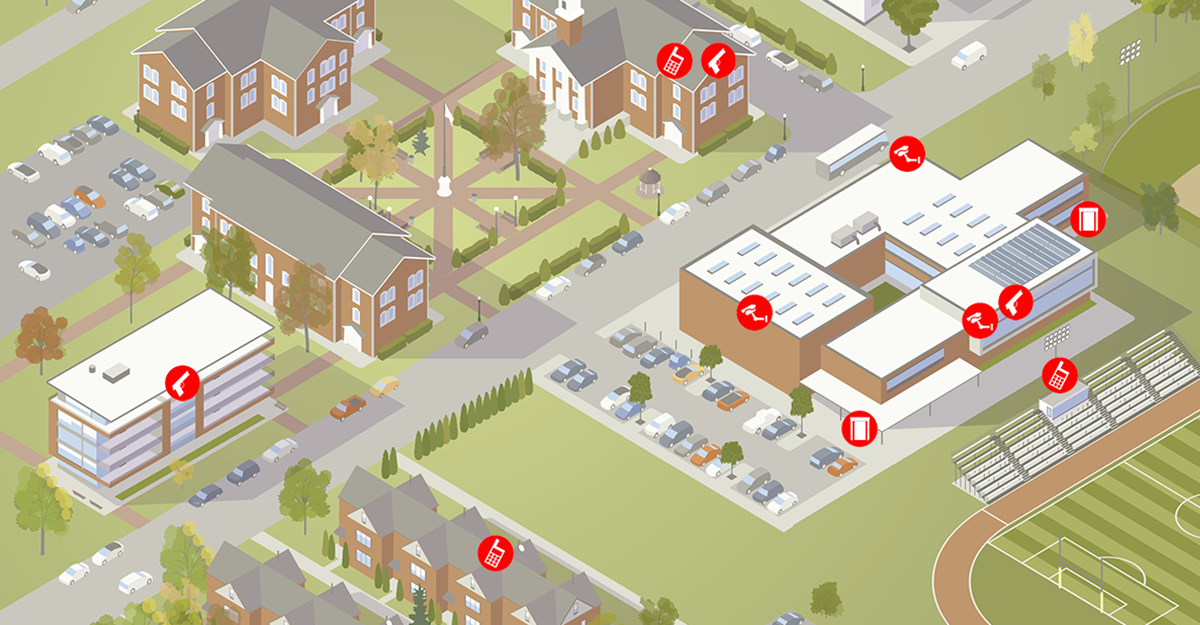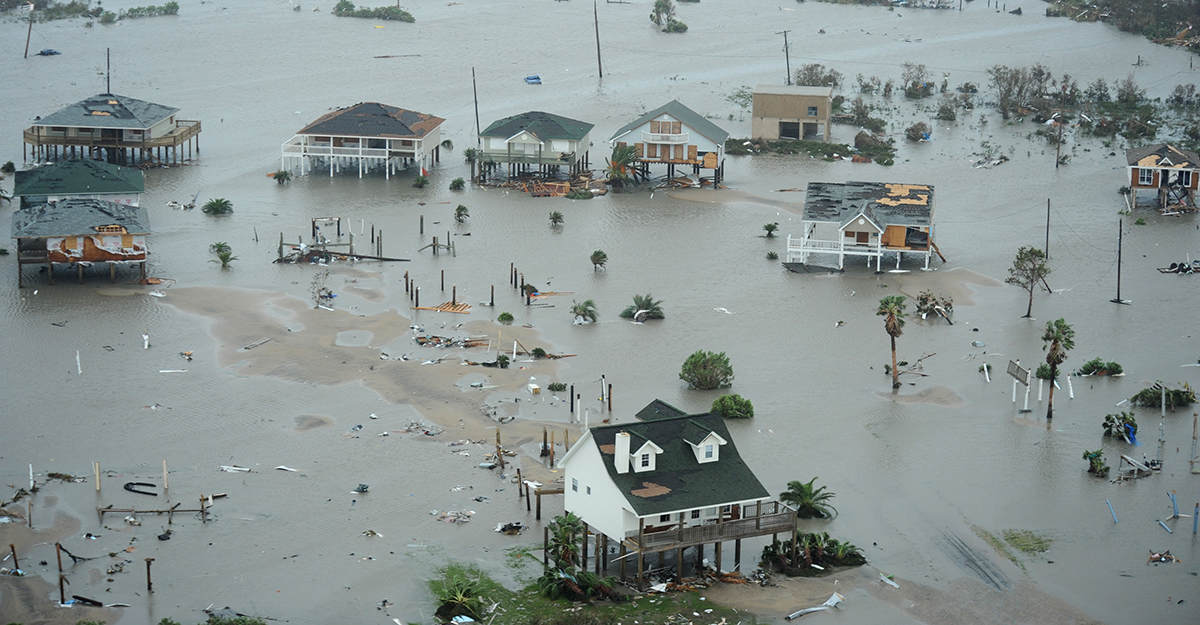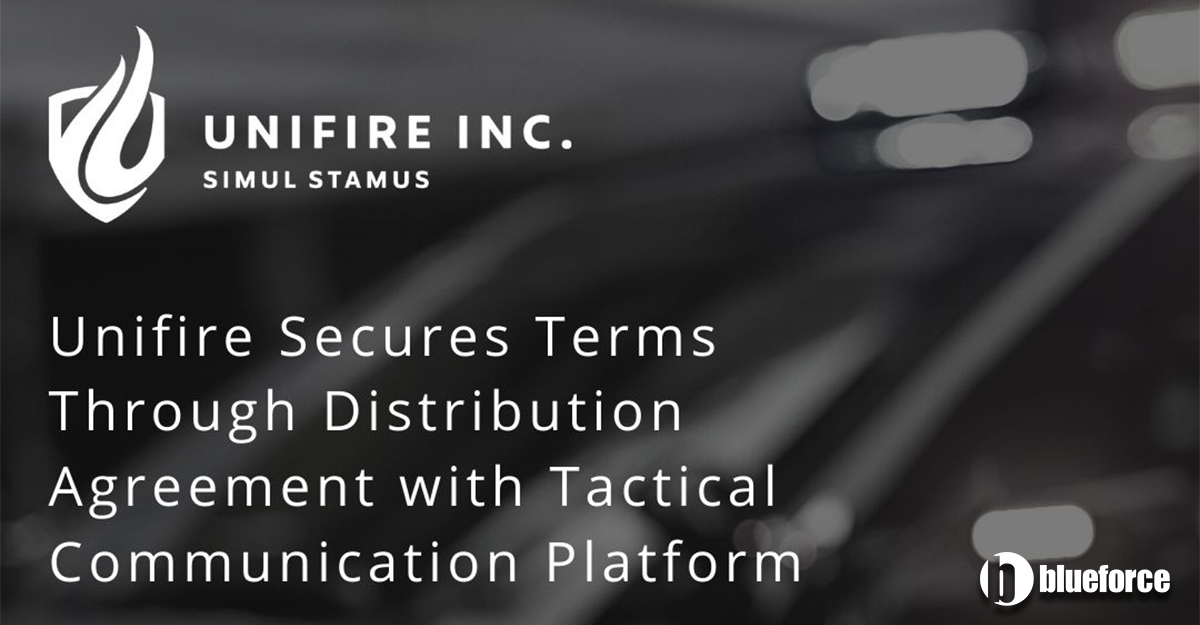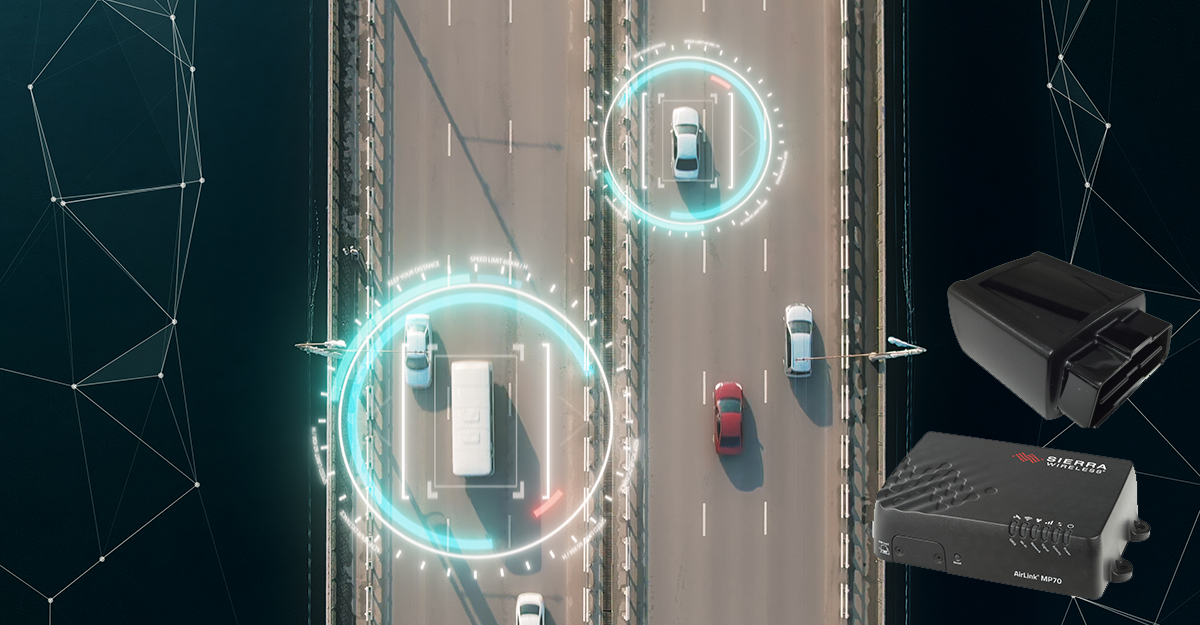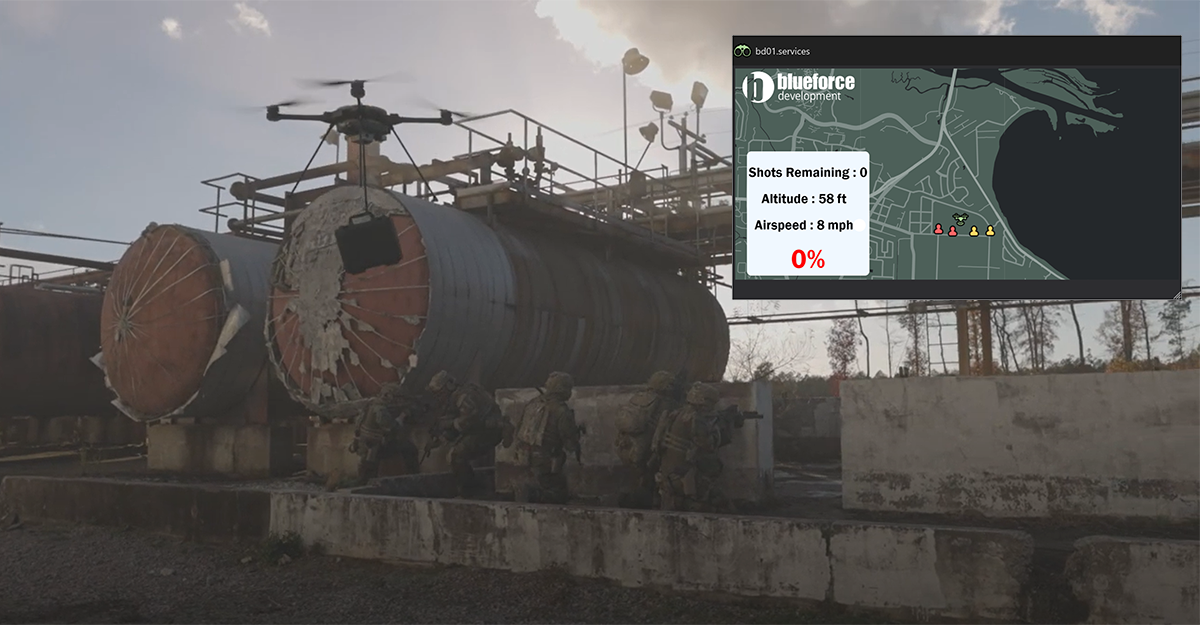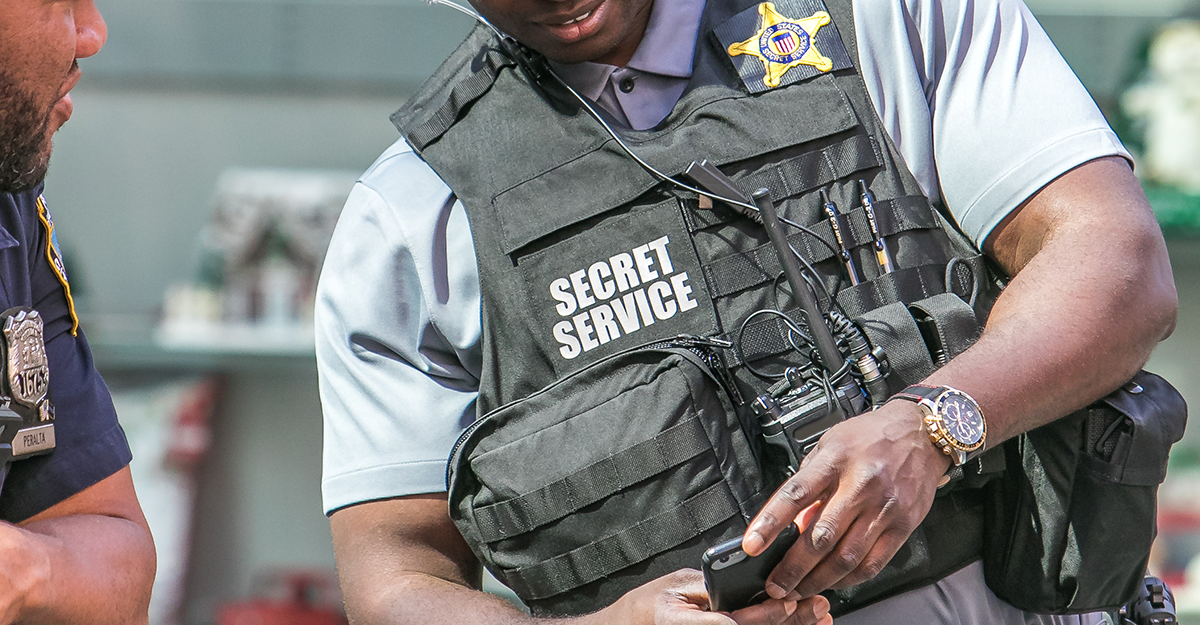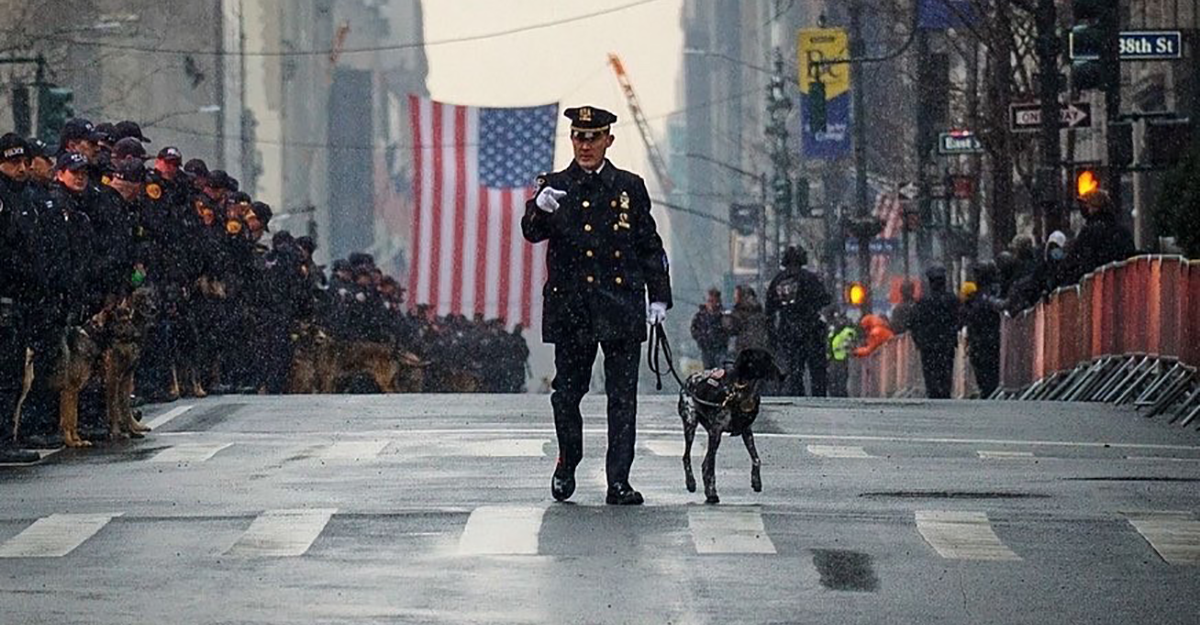Digital Workflows triggering Emergency Instructions via Samsung MagicINFO-enabled Displays and Axis Public Address Speakers Every day, our physical and digital worlds become increasingly intertwined, presenting opportunity for investments in a future of continuous and lasting change. This is true of Smart Cities, but also Safe Schools and Smart Campuses. This digitalization of the cyber-physical world is especially promising for schools to realize opportunities and overcome challenges...
Read MoreThe 2022 Blueforce Texas Road Show
The 2022 Blueforce Texas Road Show gives you hands-on access to the latest in Public Safety, Safe Campus, and Autonomous Platform technologies. The Road Show kicks off Tuesday October 11, 2022 in Houston. For more information, click here…



